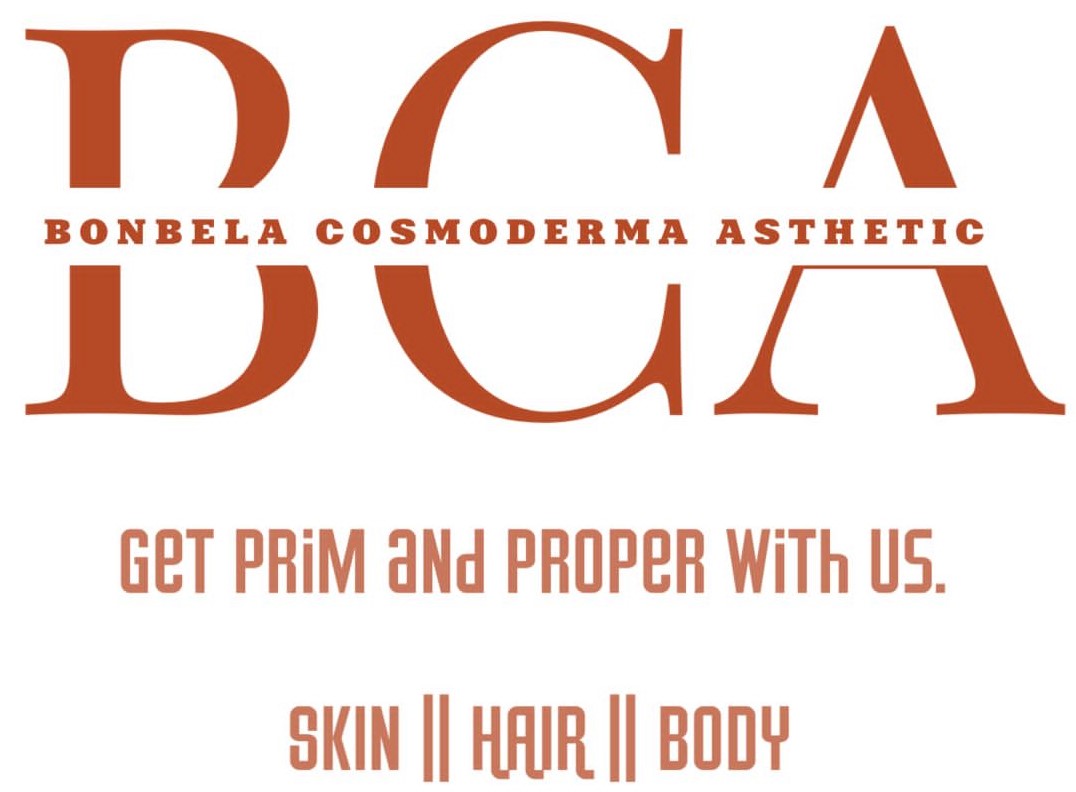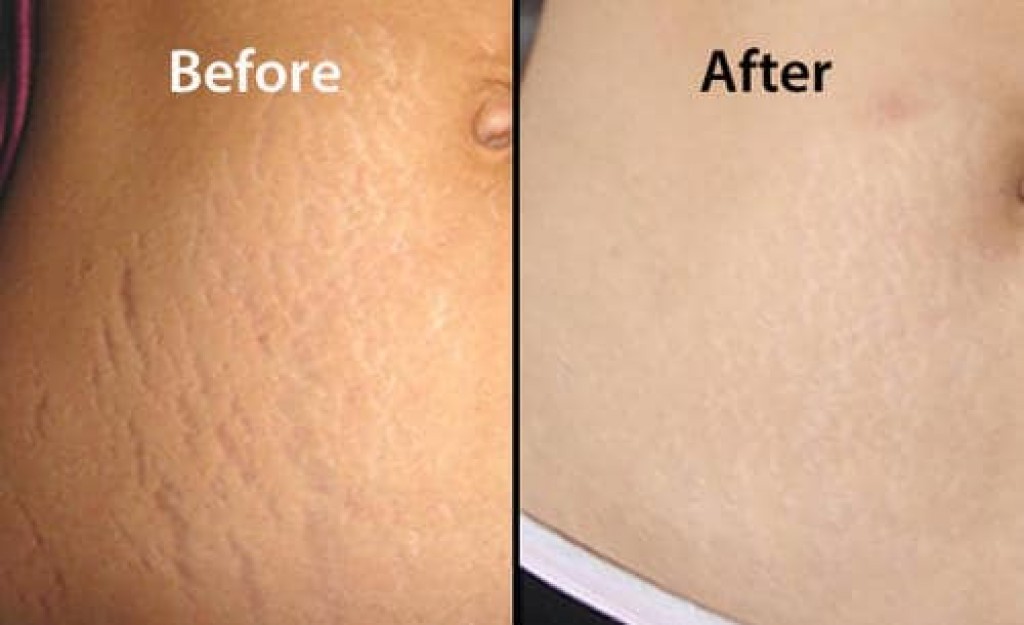Stretch marks, or striae, are common and often develop when the skin stretches or shrinks rapidly, causing the collagen and elastin fibers to break. While stretch marks are a natural part of skin stretching, some people seek methods to reduce their appearance. It's important to note that complete removal of stretch marks is challenging, but various treatments can help reduce their visibility.
Here are some common methods for stretch mark reduction:
-
Topical Creams and Lotions:
- Moisturizing creams and lotions containing ingredients such as retinoids, hyaluronic acid, and alpha hydroxy acids may help improve the appearance of stretch marks.
- Regular application of these products can hydrate the skin and promote collagen production.
-
Prescription Medications:
- In some cases, dermatologists may prescribe topical retinoids to help improve the appearance of stretch marks.
- These medications work by promoting collagen production and may be more effective for newer, red or purple stretch marks.
-
Microneedling:
- Microneedling involves the use of a device with tiny needles to create controlled micro-injuries in the skin.
- This process stimulates collagen production and may improve the texture and appearance of stretch marks.
-
Laser Therapy:
- Laser treatments, such as fractional laser therapy, can target the red or pigmented areas of stretch marks.
- The laser stimulates collagen production and helps fade the color of the stretch marks, making them less noticeable.
-
Chemical Peels:
- Chemical peels involve the application of a chemical solution to the skin, which causes exfoliation and stimulates collagen production.
- This may be more effective for stretch marks with changes in pigmentation.
-
Radiofrequency (RF) Therapy:
- RF therapy uses radiofrequency energy to heat the deeper layers of the skin, promoting collagen production.
- It can be effective in improving the texture and tightness of the skin, reducing the appearance of stretch marks.
-
Platelet-Rich Plasma (PRP) Therapy:
- PRP therapy involves using the patient's own blood plasma, enriched with platelets, to stimulate collagen production.
- It may help improve the appearance of stretch marks.
-
Tretinoin Cream:
- Tretinoin, a prescription retinoid, may be recommended by dermatologists for improving the appearance of stretch marks, especially when they are relatively new.
It's important to note that individual results can vary, and the effectiveness of these treatments may depend on factors such as the age and color of the stretch marks, skin type, and overall health. Additionally, some treatments may require multiple sessions for optimal results.
Before undergoing any stretch mark reduction treatment, it's advisable to consult with a qualified dermatologist or healthcare professional. They can assess the specific characteristics of the stretch marks and recommend the most appropriate and safe treatment options based on individual circumstances.



